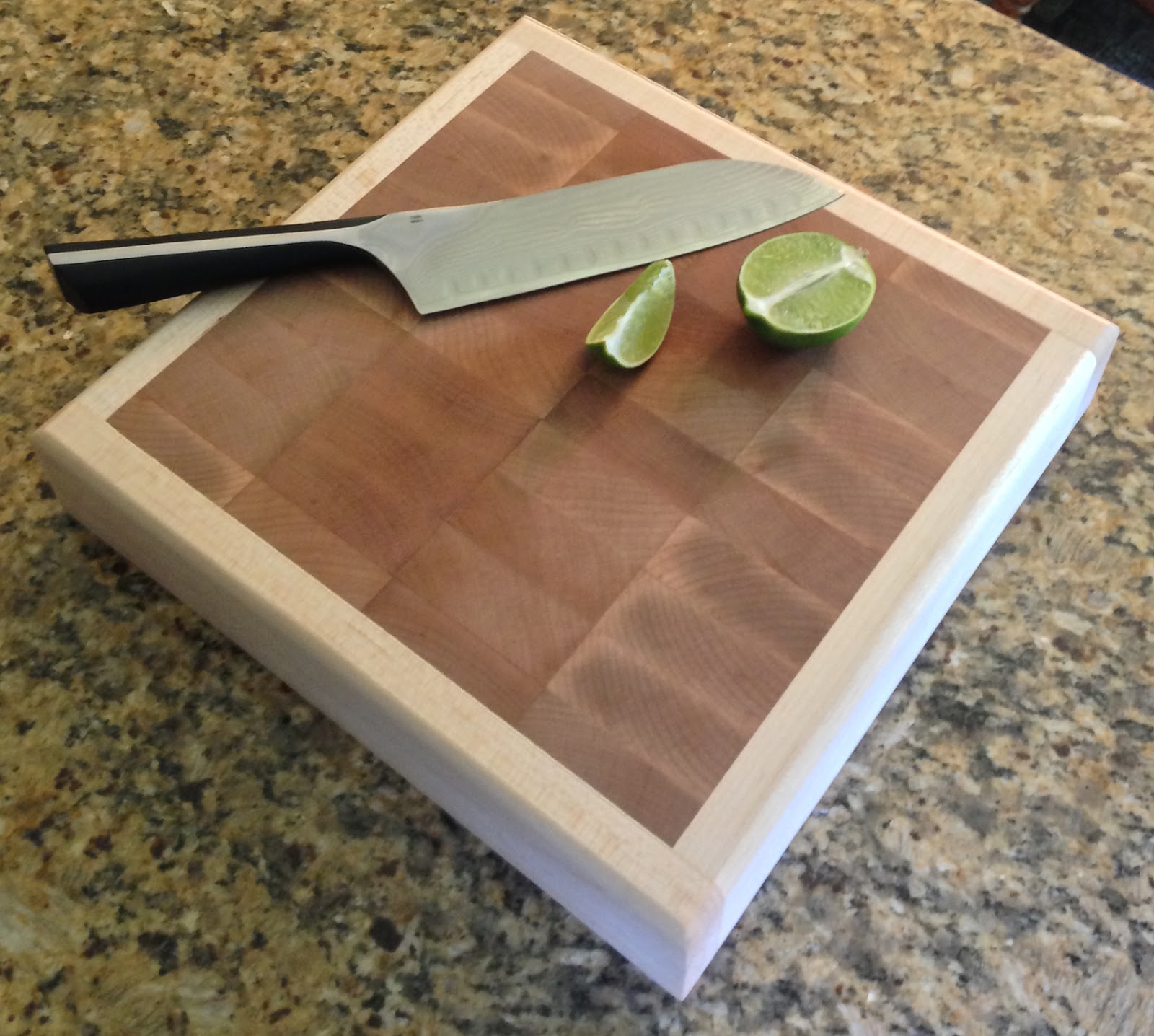In the world of culinary arts, a chopping block is more than just a kitchen accessory; it's an indispensable tool that can elevate your cooking experience. Whether you are a novice home cook or a seasoned chef, understanding the different types of chopping blocks and their uses can make a significant difference in your food preparation. In this article, we will explore the various aspects of chopping blocks, from their materials and sizes to maintenance tips and safety practices.
Choosing the right chopping block involves considering factors such as material, size, and intended use. A well-crafted chopping block not only enhances your cooking efficiency but also adds aesthetic value to your kitchen. With numerous options available in the market, it's essential to know what to look for to make an informed decision.
Throughout this guide, we will delve into the history, types, care, and safety measures associated with chopping blocks. By the end of this article, you will have a comprehensive understanding of how to choose the right chopping block for your kitchen needs.
Table of Contents
- 1. History of Chopping Blocks
- 2. Types of Chopping Blocks
- 2.1 Wooden Chopping Blocks
- 2.2 Plastic Chopping Blocks
- 2.3 Bamboo Chopping Blocks
- 2.4 Glass Chopping Blocks
- 3. Choosing the Right Size
- 4. Maintenance and Care
- 5. Safety Tips for Using a Chopping Block
- 6. Conclusion
1. History of Chopping Blocks
The history of chopping blocks can be traced back to ancient civilizations where they were used as the primary surface for food preparation. Initially, these blocks were made from natural materials like stone and wood. Over time, as cooking practices evolved, so did the design and materials used in chopping blocks.
In ancient Rome, wooden boards became popular among chefs and homemakers alike. The trend continued through the Middle Ages and into the Renaissance, where ornate wooden boards symbolized wealth and culinary sophistication. The modern chopping block has retained its functionality while becoming a staple in contemporary kitchens worldwide.
2. Types of Chopping Blocks
When it comes to chopping blocks, there are several types to choose from, each with its unique features and benefits. Understanding these types will help you make a more informed choice based on your cooking habits.
2.1 Wooden Chopping Blocks
Wooden chopping blocks are a favorite among chefs due to their durability and aesthetic appeal. They are known for their ability to be gentle on knife blades, preventing dulling. Here are some key points about wooden chopping blocks:
- Made from hardwoods such as maple, walnut, or cherry.
- Require regular oiling to maintain their condition.
- Have natural antibacterial properties.
2.2 Plastic Chopping Blocks
Plastic chopping blocks are lightweight and often dishwasher-safe, making them a convenient option for many home cooks. Here are some advantages and disadvantages:
- Available in various colors and sizes.
- More affordable compared to wooden blocks.
- Can retain knife marks, which may harbor bacteria if not cleaned properly.
2.3 Bamboo Chopping Blocks
Bamboo chopping blocks have gained popularity due to their eco-friendly nature. Bamboo is a sustainable material that is both lightweight and durable. Consider the following:
- Harder than most hardwoods, which can dull knives quicker.
- Resistant to moisture and less prone to warping.
- Requires minimal maintenance.
2.4 Glass Chopping Blocks
Glass chopping blocks are less common but offer unique benefits. They are non-porous and easy to clean, making them a hygienic choice. However, there are some drawbacks:
- Can be heavy and difficult to handle.
- May cause knife blades to dull more quickly.
- Can shatter if dropped or handled carelessly.
3. Choosing the Right Size
When selecting a chopping block, size matters. A block that is too small may limit your chopping space, while one that is too large may be cumbersome to store and handle. Here are some factors to consider:
- Available kitchen space: Ensure you have enough counter space for the block.
- Type of food preparation: Larger blocks are better for chopping fruits and vegetables, while smaller ones may suffice for herbs and garnishes.
- Storage options: Consider how and where you will store the chopping block when not in use.
4. Maintenance and Care
Proper maintenance of your chopping block is crucial for longevity and hygiene. Here are some best practices for maintaining your chopping block:
- Wash with warm, soapy water after each use and dry immediately.
- For wooden blocks, apply food-safe mineral oil regularly to prevent cracking and drying out.
- Avoid soaking in water or placing in the dishwasher.
- Use a separate block for raw meat to avoid cross-contamination.
5. Safety Tips for Using a Chopping Block
Safety should always be a priority in the kitchen. Here are some essential safety tips for using your chopping block:
- Ensure the chopping block is stable and does not slide during use.
- Use a sharp knife to reduce the risk of slips and accidents.
- Keep fingers tucked in and use a claw grip while chopping to protect your hands.
- Clean the chopping block thoroughly to prevent foodborne illnesses.
6. Conclusion
In conclusion, a chopping block is an essential tool in any kitchen, providing a reliable surface for food preparation. By understanding the different types of chopping blocks, their maintenance, and safety practices, you can enhance your cooking experience and ensure a safe kitchen environment. Remember to choose a chopping block that fits your needs and enjoy the art of cooking to the fullest.
We invite you to share your thoughts in the comments below, explore more articles on our site, and take the next step in your culinary journey!
Thank you for reading, and we hope to see you back here soon for more insightful articles and tips!




